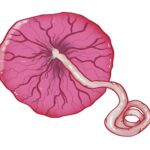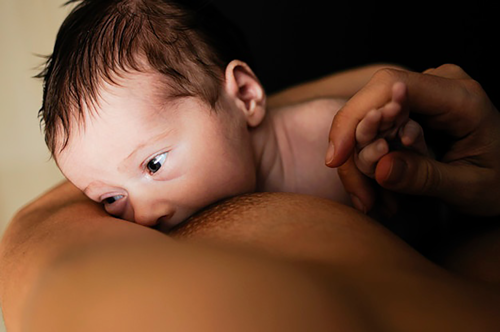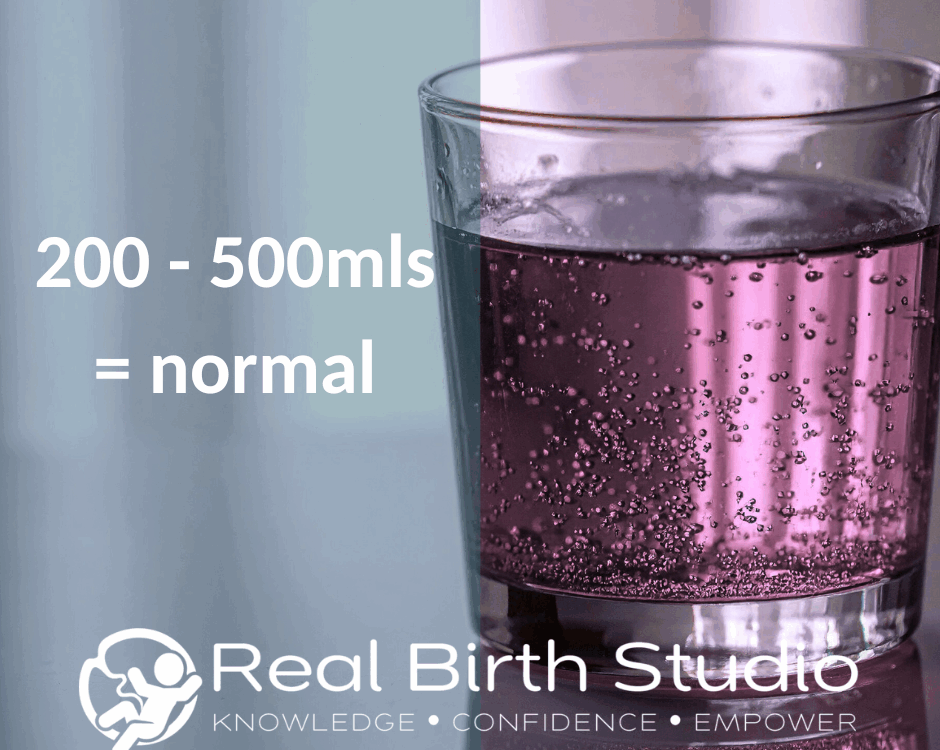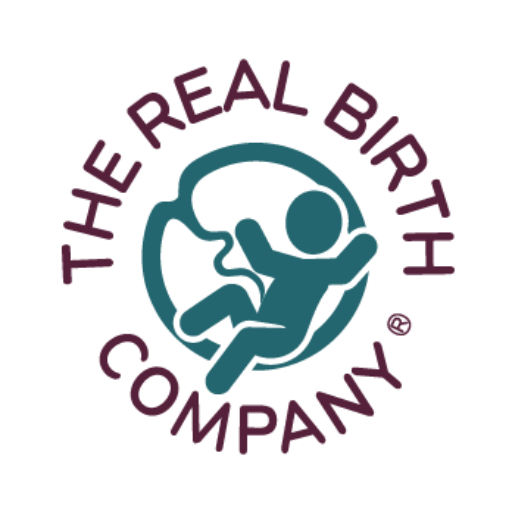
Your Placenta
24 February 2021
Your pregnancy scans and what to expect
16 March 2021
Breastfeeding Bubble
The breastfeeding bubble, what it is and how can I get it?!
The breastfeeding bubble…sounds lovely! It is the powerful interaction of hormones that are produced and released when a woman breastfeeds her baby. These hormones are responsible for the physical production of milk, but are also integral to, and responsible for, feelings, emotions and behaviour.
Prolactin is one of these hormones. It is named as such because of its role in lactation, is produced in the pituitary gland. As well as being responsible for the production of milk, it has more than 300 functions in our body, including the regulating of our immune system and influencing our behaviour. When we feel grief or sadness, our levels of prolactin increase and act almost as a comforter, not unlike listening to a piece of music that makes you feel emotional and sooths you at the same time. It is also the hormone that contributes to feelings of bravery, and at times is called ‘the parenting hormone.’ If we have the right amount of prolactin in our system, we reap the benefits of this hormone but too much and the balance tips the other way. This is where dopamine plays a part when it restrains prolactin, to keep that balance in check.
Oxytocin is probably a hormone you have read a lot about in pregnancy. It is a chemical messenger and plays a significant part in many of our behaviours. It is the hormone of love; it essential during labour and when you are birthing your baby. We produce it during sexual arousal, when we trust someone or something, and it plays a part in our recognition of another person. It is the hormone that is in abundance during the bonding process between parents and their baby. Oxytocin promotes the movement of milk through the ducts in the breast while the suckling of the baby at the breast creates surges of oxytocin which in turn cause the milk to let down in the breast. This is the positive feedback cycle which is maintained until the baby stops suckling.
This interplay of hormones during breastfeeding reduces stress by reducing or stopping the release of stress hormones. Have you heard of baby brain?! Baby brain is a term that is given to people in pregnancy and also after having their baby. Even through we often joke about it, this reaction to our hormone levels in our bodies is a normal one. It could be also called the Breastfeeding Brain!
Breastfeeding brains may be less anxious due to the amount of oxytocin that is being released in the mother’s body when she is feeding her baby. The amygdala, which is a part of our brain that is responsible for our responses to fear, is affected by this hormone release. Oxytocin has been found to reduce the activation of the amygdala and thereby lessen anxiety and fear, effectively working to turn off negative emotions.
The breastfeeding bubble occurs when a woman is feeding her baby, but it is also an interplay and a dance of something that works in harmony, it is an intricate system that is already in place between mother and baby. The effects of this are both immediate and far reaching, with lifelong benefits and positive impacts on both. This is a bubble that protects, holds, promotes and nourishes the physical, emotional, and psychological wellbeing of mothers and babies.




